Kepler’s Laws on how the planets move around the Sun is to say the least amazing.
For centuries the movement of planets around the Sun was a big mystery till Johannes Kepler, after a long time established some empirical laws that explained the nature of motion of planets around the Sun. In fact, later, Newton found that his law of gravitation also lead to Kepler’s law. And what amazes me and would surprise most of you is all these great scientists figured out the nature of motion without any telescope or modern observatories we have today
So let us get on with the 1st of Kepler’s law that simply states that all planets move in elliptical orbits with Sun at one Focus.
So let us get a quick sense of what an ellipse is, how it looks like and how it relates to a circle.
So you can draw a circle like this by taking a string, forming a loop and putting a pen and taking it around keeping the same distance.
Well, for an ellipse you take two pins and take a string like this keeping that length plus this length constant and you move around keeping the string tight. The shape you produce is an ellipse and these are the two focal points F 1 and F 2. So it kind of looks like an egg shape and if you want to get the circle back from the ellipse you just move the two focal points to a single point and you will get a circle. Well you can learn a lot about ellipse in math, like eccentricity of an ellipse and the major and minor axis, but for now, this much description should suffice.
So geometrically, representation of say a planet moving around the Sun would look like this, where the planet is moving in an elliptical orbit.
The 2nd Law is the Law of areas which says that a line that connects the sun with a planet sweeps out equal areas in equal intervals of time, in the plane of planets orbit. Or mathematically speaking dA/dt is a constant.
So simply put what it means is that if a planet say moves from this point to this point in time delta t and sweeps an area delta A then if the planet is in this part of the elliptical orbit, it will sweep a similar area delta A in the same time delta t.
Intutively, you might have figured out that the planet moves more slowly when it is farther from the sun compared to when it is closer to the sun to sweep the same area.
So let us do a quick derivation to check the validity of this law.
The 3rd Law – The square of the period of a planet is proportional to the cube of the semi major axis of that orbit. Ok it sounds a little complicated but let us deconstruct it to understand what Kepler is trying to say in this 3rd law
FOR ONLINE TUTORIALS: write to [email protected]
Please also indicate:
(a) Your class (11th, 12th, High School etc.)
(b) Preferred time slot for tutorial
(C) Your location (e.g. San Francisco, USA)
FACEBOOK: https://www.facebook.com/TheScienceCube/
TWITTER: https://twitter.com/thesciencecube2
ABOUT “THE SCIENCE CUBE”
Physics for class 11 and 12 is a significant step-up from class 10. Rushing into understanding topics like circular motion, electricity, “moment of inertia” etc. can leave a student disinterested in the subject over a period of time.
“The Science Cube” has come about from my experience of teaching over the years and how intricate topics like “integral calculus”, vectors, Newton’s laws of motion etc. are absorbed by young students.
I really hope that this channel can make the students appreciate the subject and help them ace their exams.
Who can use:
Class 11 and 12 students (CBSE, ICSE, NCERT)
IIT-JEE Preparation (JEE Main and JEE advanced)
K-12
Advanced Placement (AP Physics)
Subject SAT
Vishesh Nigam
source









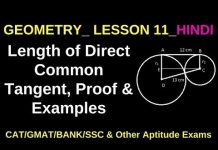

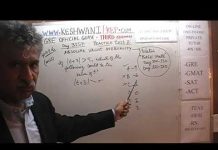

![CY_GATE_2019_PHYSICAL_SPECTROSCOPY_[ELECTRONIC_BASIC]_All IN ONE_[Short_Trick]_2018-19_PART_1ST - Videos](https://trends.edugorilla.com/wp-content/uploads/sites/8/2018/08/cy_gate_2019_physical_spectroscopy_electronic_basic_all-in-one_short_trick_2018-19_part_1st-218x150.jpg)



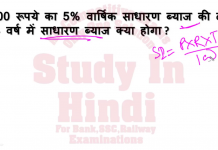
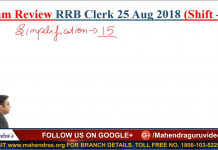

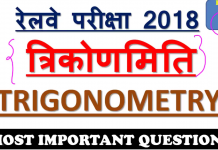
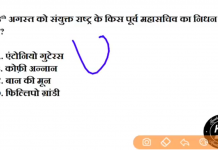
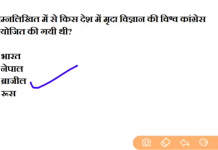
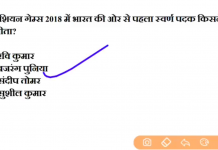





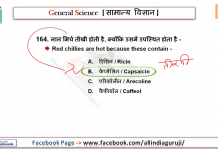


![24 August 2018 – The Indian Express Newspaper Analysis हिंदी में – [UPSC/SSC/IBPS] Current affairs - Videos](https://trends.edugorilla.com/wp-content/uploads/sites/8/2018/08/a520-218x150.png)
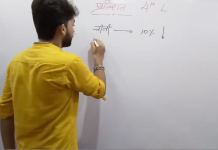



Thank You for this.